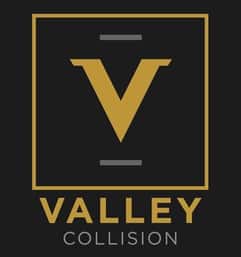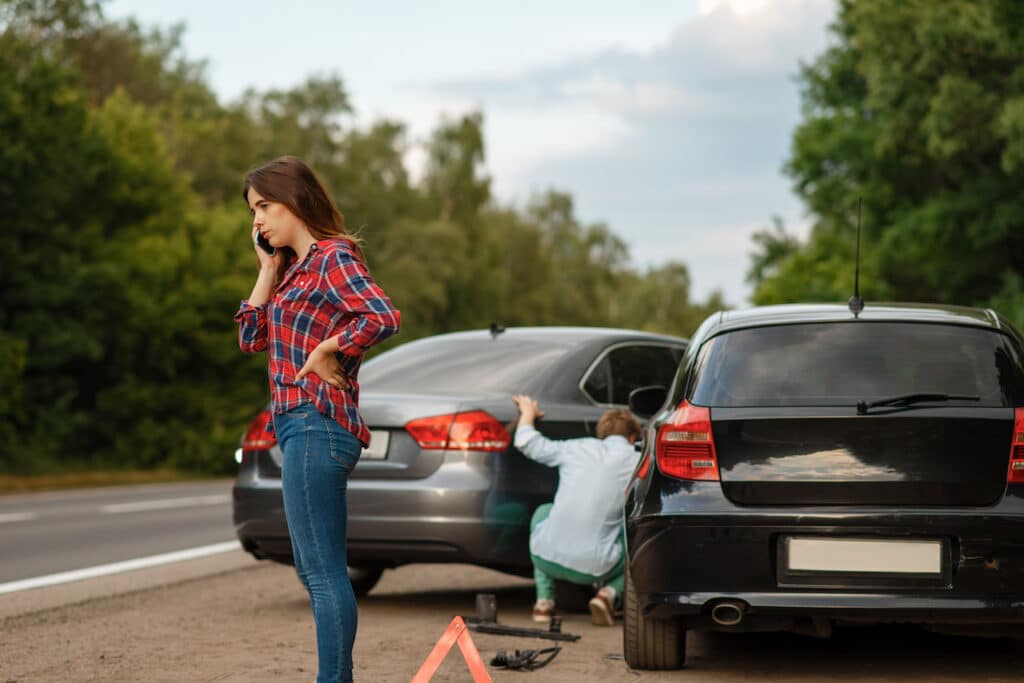According to the National Highway Traffic Safety Administration, there are about 6 million car accidents in the United States each year. And while not all car accidents are serious, rear-end collisions can cause some major damage. This can include anything from bumper repair to complete frame damage.
If you’ve been involved in a rear-end collision, it’s important to know what to do in the aftermath—both for your safety and for your financial well-being.
Here are some tips on what to do after being rear-ended:
1. Make Sure Everyone is Safe
The most important thing to do after any car accident is to make sure that everyone involved is safe. This means checking for injuries and getting medical help if necessary.
If you’re able to, move your car to the side of the road so that you’re not blocking traffic. Turn on your hazard lights so that other drivers can see you.
2. Don’t Admit Fault
Even if you think you might be at fault for the accident, it’s important not to say so to the other driver or to anyone else at the scene. It’s best to work with the police and insurance so that you’re not responsible for anything unnecessary.
3. Notify the Police and File a Report
If the accident is serious, you should call the police so that they can come to the scene and file a report. This report can be useful when filing an insurance claim.
4. Take Pictures of the Damage
Snap pictures of all the angles of the damage—both inside and out. You’ll need that information when you’re filing your insurance claim. Not all damage is immediately noticeable. Make sure to check around the care carefully.
One area that is commonly missed is the bumper. Check to see if bumper repair is needed. Also, check for trunk damage and alignment problems.
5. Exchange Info with All Involved Persons
Get the contact information, insurance information, and license information from all the drivers involved in the accident. If there were any witnesses, be sure to get their names and numbers as well.
If the other person doesn’t have insurance and is at fault, it can be a little tricky. Your own collision coverage will help to repair the damage done to your car but it won’t cover any medical bills due to injuries.
You might have Uninsured Motorist Coverage on your insurance, which will help you cover damages. Some states have no-fault car insurance, so that means that your insurance should pay for damages no matter who was at fault.
If you’re involved in a hit-and-run, try to get as much information about the other vehicle as possible, like the license plate number and make/model of the car. Even if you can’t find the driver, your insurance might be able to help you with repairs.
6. Call Insurance—If Needed
If the damage is extensive or there are injuries, you’ll need to call your insurance company. They will have you start a claim, and then an adjuster will be assigned to your case. You’ll also want to keep track of any medical bills or repairs that need to be made.
If you have any questions about what to do after being rear-ended, it’s best to speak with an experienced car accident lawyer who can help guide you through the process.
7. Schedule Repairs
Once you have an insurance estimate in hand, it’s time to start looking for a reputable repair shop. Keep in mind that you don’t have to use the repair shop recommended by your insurance company; you have the right to choose any repair shop you’d like!
Work with Utah’s Choice for Collision Repair
Being in an accident is scary and stressful. Our team at Valley Collision is here to help make the repair process as smooth and stress-free as possible. We work with all major insurance companies and all of our technicians are I-CAR Gold Class Certified—a distinction that only 20% of repair shops can claim.
If you need collision repair, whether it’s full body or bumper repair, take a look at our locations and schedule an appointment online. We look forward to helping get your car back on the road!

